Sports movies may be a dime a dozen; biopics arguably even more so. But just because a film takes on the shape of either of those genres doesn’t mean it’s following their rhythm. Case in point, the latest film from co-writer/director Josh Safdie (“Uncut Gems,” “Good Time”) and his first solo-directed film since splitting with his brother Benny, “Marty Supreme” certainly wears the skin of an underdog sports film or a biopic about an athlete wunderkind. But while its main character is only loosely based on a real-life person, the stress it’ll put you, the viewer, through is all too real.
Written by Safdie and Ronald Bronstein (“Uncut Gems,” “Good Time”), the film follows the titular Marty Mauser, played by Timothée Chalamet (“Dune (2021),” “Wonka”), a young hustler and ping pong player living in New York City. After losing the International Table Tennis Championship to Japanese player Koto Endo, played by Koto Kawaguchi, Marty becomes determined to make it back to the tournament in Japan the next year. This results in him hustling with his friend Wally, played by Tyler Okonma (“Loiter Squad,” “The Jellies!”), to earn the money needed to travel and compete, as well as manipulating his married girlfriend Rachel Mizler, played by Odessa A'zion (“I Love LA,” “Hellraiser (2022)”), aging movie star Kay Stone, played by Gwyneth Paltrow (“Iron Man,” “The Royal Tenenbaums”), and her pen magnate husband Milton Rockwell, played by Kevin O'Leary, all while evading the police and his overly concerned mother Rebecca, played by Fran Drescher (“The Nanny,” “This is Spinal Tap”).
If nothing else is ever said about “Marty Supreme,” let it be known that Chalamet’s leading performance is the stuff careers are made of. What he and Safdie are able to do with a character as off putting as Marty is nothing sort of a magic trick. At no point in the film do they hide, obscure, or hoodwink you into thinking Marty is any other kind of person than he is: this is a complete bastard of a man, willing to manipulate his loved ones and virtually anyone around him in the pursuit of greatness. Not even money, just so he can make a grandstand of showcasing his own skills. At one point early on, Marty describes himself as a being such a good salesman that he “could sell shoes to an amputee.”
The fact that he describes himself like that tells you everything you need to know. And Chalamet absolutely runs away with the role. He’s effortlessly charming in the role, and he takes Marty so far that he doubles back around on himself and becomes the sort of despicable character you find yourself rooting for by the end. Even if you actually don’t though, Chalamet keeps you invested in him the entire time, whether to see his success or downfall. Even as the final act ratchets to a fever pitch of tension, you’re still not sure if you really want him to fail or really want him to succeed. But he’s so utterly compelling, you want to watch him no matter what.
The rest of the supporting cast are all fantastic in their own rights. Okonma has wonderful chemistry with Chalamet, and their all too few scenes together are excellent fun as they galivant around together. A’zion somehow matches Chalamet’s chaos in a twisty, more unique way, making each scene with the pair of them a balancing act of relationship woes. Paltrow’s role might not require a ton of interesting or complicated choices from her, but she nails it regardless. Drescher is in a far briefer role than one might expect, but she punctuates the film nicely when she does appear. What becomes much more interesting though is Safdie’s continued choice of casting real athletes and unknowns to fill out the cast.
Koto Endo, for example, is a Japanese deaf ping-pong champion who is played by Koto Kawaguchi, a Japanese deaf ping-pong champion. It’s proof of the skills of Safdie and company that these minor roles never feel out of place or mis-performed. It could be the simple fact that these are so close to their real lives, but each one of these performers, from Kawaguchi to published authors like Larry Sloman, who plays Marty’s uncle Murray, or essayist Pico Iyer, who plays ITTA head Ram Sethi, to internet personality Luke Manley as Marty’s best friend Dion Galanis, manages to excel in their roles even up against experienced actors. The only odd spot amongst them is Kevin O’Leary; while his personality on Shark Tank isn’t far off from his well-documented arrogance in real life, that real world attitude spills over into the role here in a way that is certainly appropriate but occasionally distracting.
Thanks to Safdie’s tight directorial control, cinematographer Darius Khondji’s (“Uncut Gems,” “Panic Room”) 35mm period photography explodes off the screen. The mid-1950s style of New York bleeds into each aspect of Marty’s story, and the scrappy nature of the city and its claustrophobic interiors works to further his repressed feelings. Each frame is stuffed to the brim with gorgeous set and production designs, giving the whole film the feeling of an overly decorated off-Broadway black box play. Daniel Lopatin’s (“Good Time,” “Uncut Gems”) score putters along as a deliberately anachronistic juxtaposition to the period setting, and it rattles your brain with various bits of nerve shredding electronic music to match Safdie’s nerve shredding direction and plot.
Unfortunately, that is the largest barrier to entry with this latest film from one of the brothers who brought you “Uncut Gems.” If that film’s heightened stress and anxiety inducing plot turned you off, “Marty Supreme” won’t fare much better. It’s a deeply engaging film thanks to Chalamet’s lead performance, but it's also one of the few non-action films in recent memory that’ll have you digging your nails into your armrest with each bone headed decision Marty makes. That, combined with Marty’s generally brash attitude, could lead this to be a film that most hate purely based on that lead role. But again, something magically happens by the end as Safdie almost dares you not to feel some kind of way about this hustling ping pong player.
“Marty Supreme” would be worth talking about based purely on its titular performance, a genuine career best from Chalamet, but it's surrounded by top tier elements across the board as well. Paced like a rocket ship, with cinematography and music to match, this is a supremely entertaining piece of high-wire entertainment with a central character that’ll certainly stick in your mind. For better or for worse. 5/5
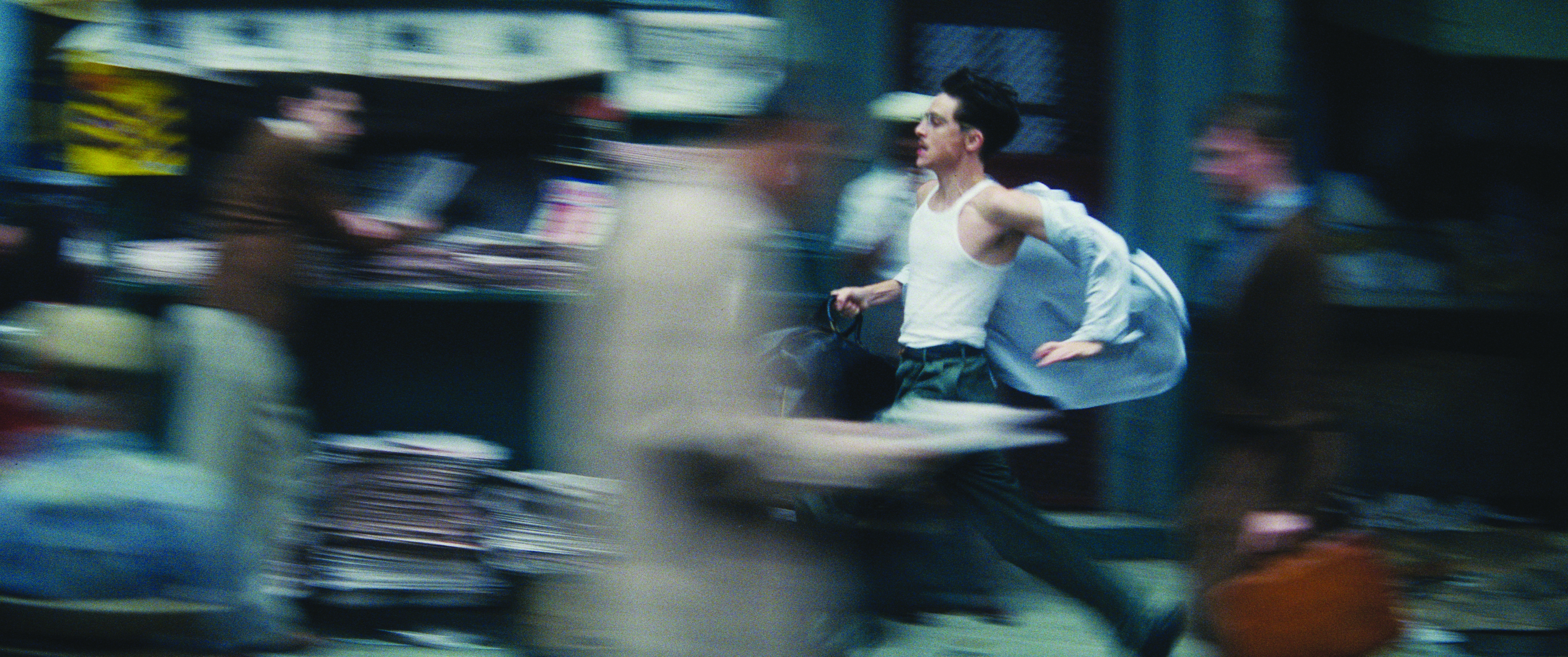



.jpg)



.png)
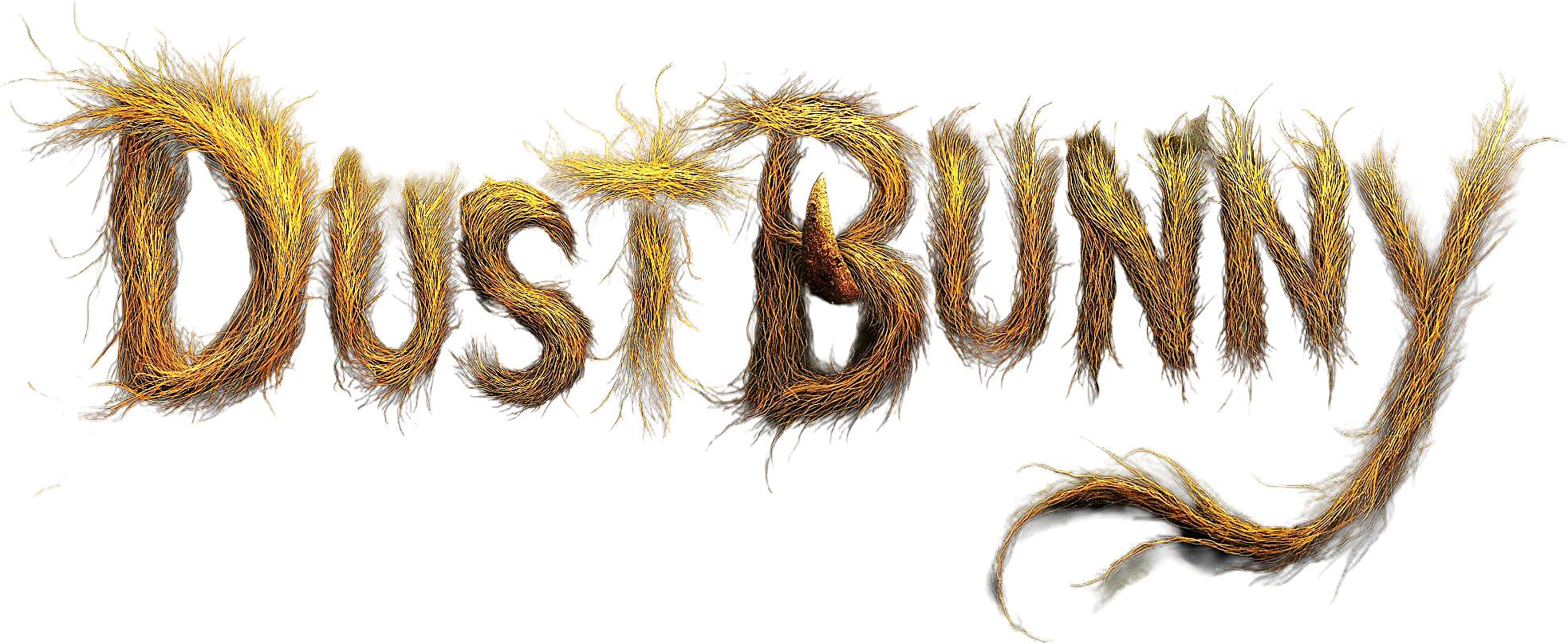
.png)
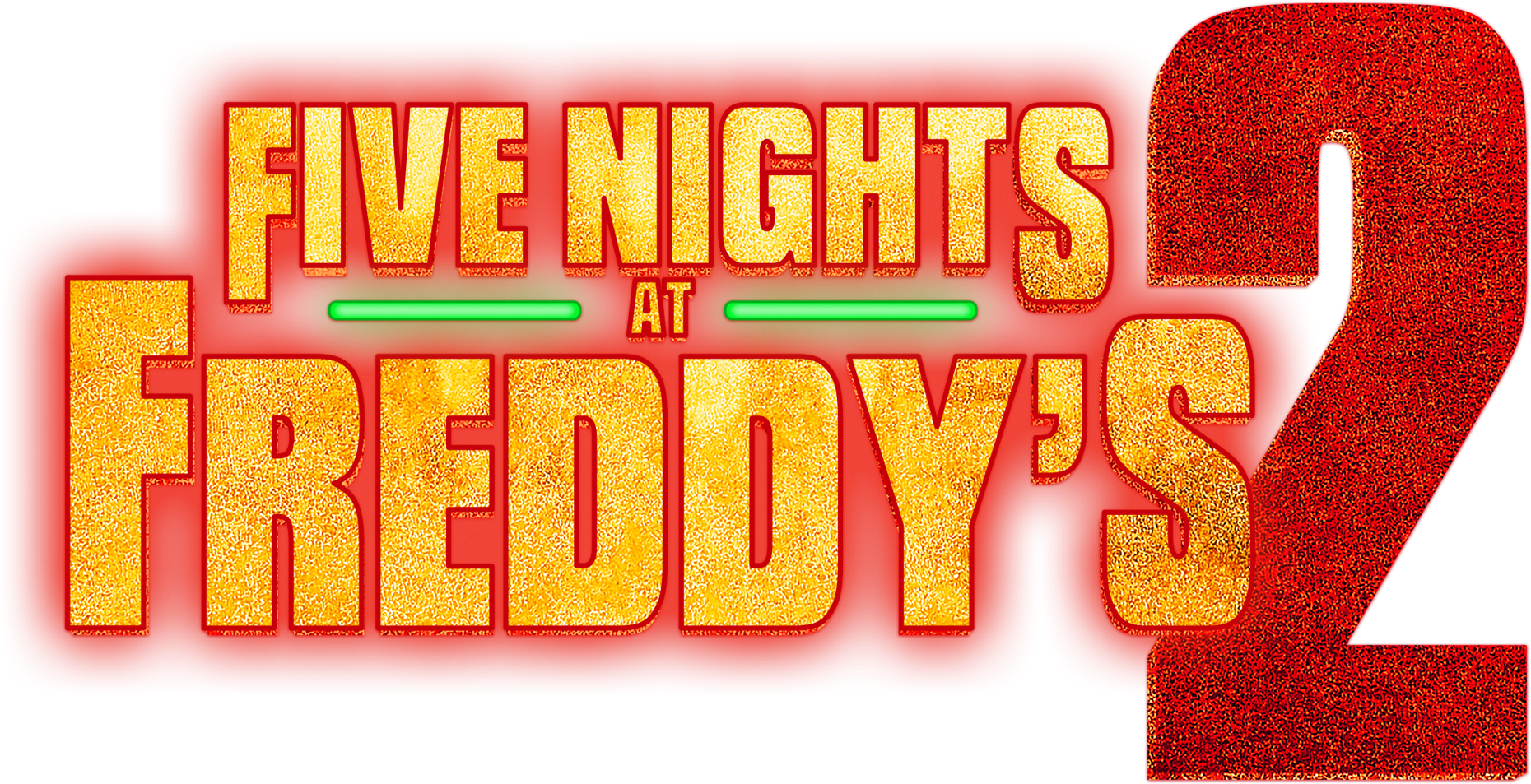
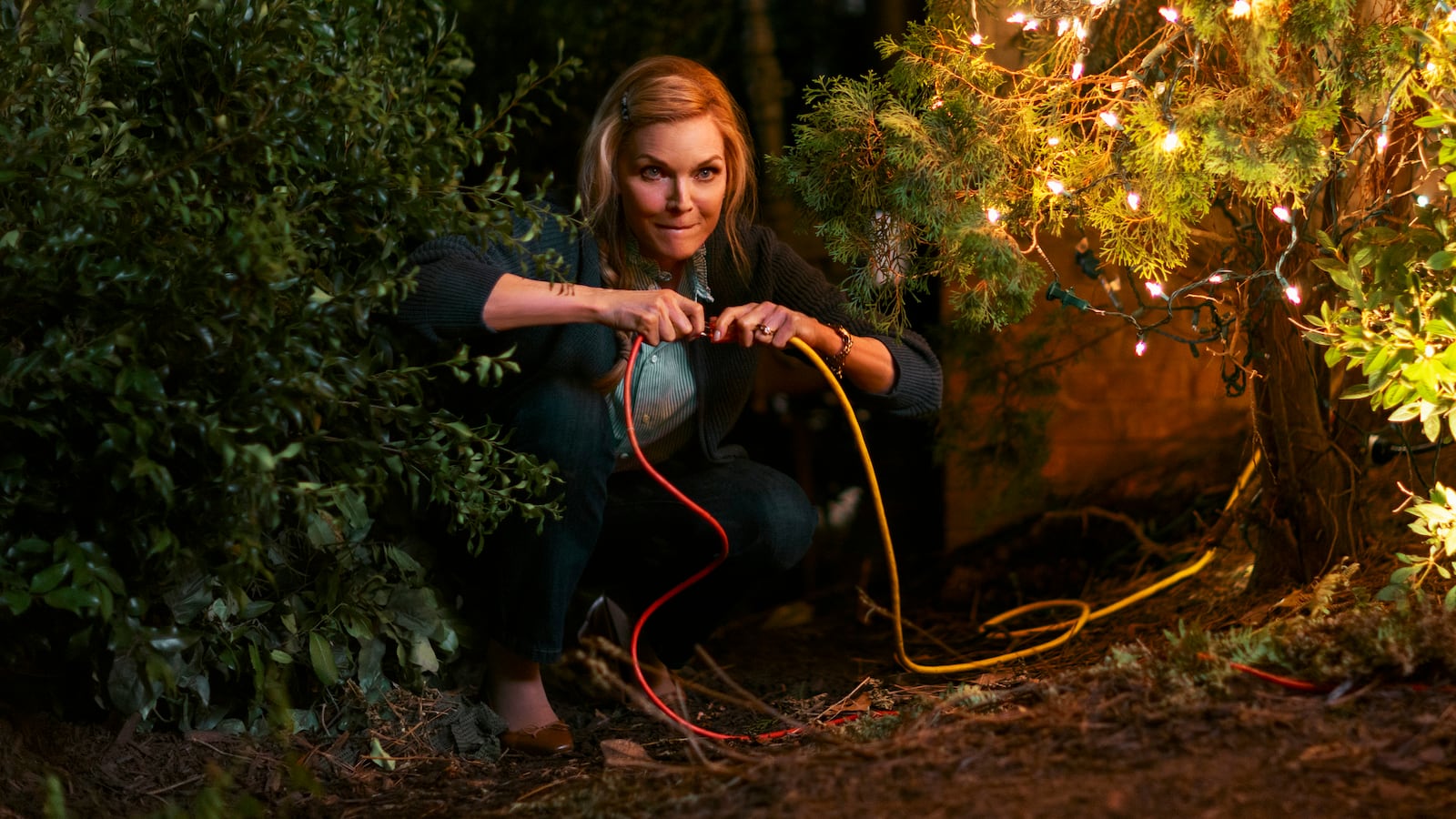

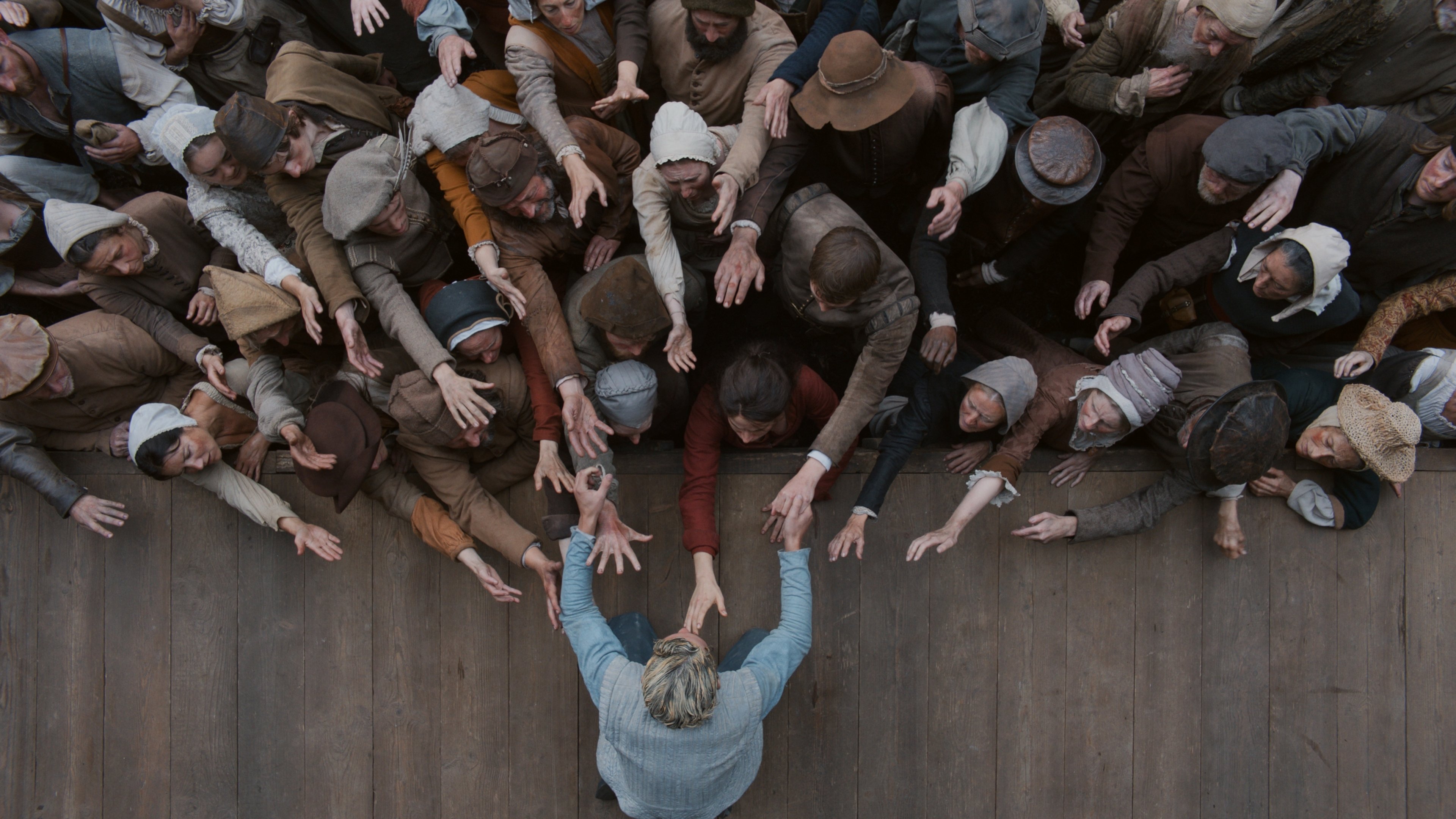

.png)
